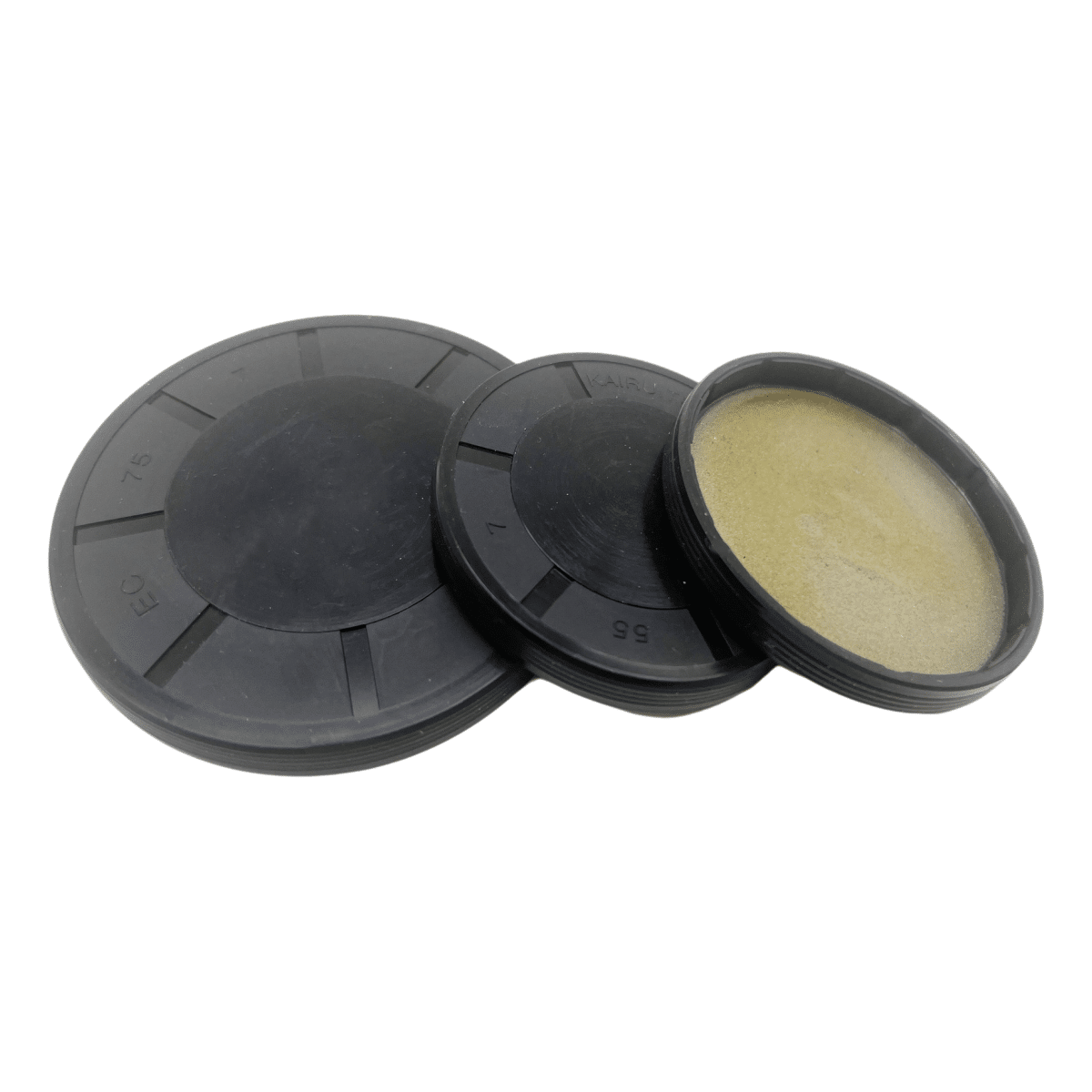Rotary shaft seals are vital to prevent leaks and ensure smooth operation in industrial systems. But when they fail, the result is costly downtime and repairs. Most failures, however, are evitable—if you know what to watch for.
This guide covers the most common rotary seal failure causes and shows you how to fix and prevent them with the right materials, installation, and maintenance.

Learn how to stop leaks before they start and extend seal lifespan.
What are the most common reasons rotary shaft seals fail?
Rotary shaft seal failure is rarely random—most issues come down to identifiable patterns.
Before you replace another failed seal, review the following root causes that could be silently affecting your system.

- Excessive wear from high-speed rotation
- Shaft misalignment or poor surface finish
- Chemical attack or heat degradation
- Lack of protective dust seals
Need solutions to extend seal life? Visit our seal longevity guide.
How do I prevent oil leakage from shaft seals?
Oil leakage is one of the first visible signs of rotary seal failure.
To eliminate it effectively, you need to understand what causes leaks and apply solutions that truly address those underlying issues.
What causes rotary shaft seals to leak oil?
- Worn sealing lip
- Shaft damage or improper fit
- Thermal expansion degrading the rubber
How can oil seal leakage be resolved?
- Select FKM o reinforced oil seals
- Ensure shaft-housing alignment
- Replace aged or hardened seals
- Usar sellos de aceite de alta presión in extreme setups
Why do shaft seals wear out too quickly?
If your seals degrade faster than expected, chances are they’re under the wrong conditions.
Let’s look at why premature wear happens and how to prevent it using better materials, protection, and practices.
What accelerates premature wear in rotary shaft seals?
- Contaminants entering seal area
- Overspeed causing thermal fatigue
- Incompatible materials for the environment
How can you reduce premature wear?
- Switch to Teflón o FKM compounds
- Instalar sellos limpiaparabrisas for protection
- Improve lubrication practices
What causes shaft seals to crack or harden?
Seal hardening is often overlooked—but it's a major contributor to leakage and failure.
Here's how temperature, time, and chemical contact lead to cracks—and what you can do to stop it.
Why do rotary shaft seals become brittle over time?
- Continuous exposure to heat and oxidation
- Use of non-compatible fluids
- Operation beyond service interval
How do you prevent seal hardening or cracking?
- Elegir FKM oil seals for thermal stability
- Replace seals before visible aging
- Ensure fluid compatibility
How can I protect shaft seals from external contamination?
Even a perfect seal won’t last if the environment around it is full of contaminants.
Let’s explore common external threats and what protective steps you can take to block dirt, moisture, and debris.
What types of contamination damage rotary seals?
- Dust and metal shavings in industrial settings
- Mud or debris in off-road or agricultural equipment
- Water ingress from outdoor exposure
How can contamination be prevented?
- Instalar dust covers or wiper seals
- Maintain a regular cleaning schedule
- Use seals with enhanced lip geometry

What are the best practices to avoid rotary shaft seal failure?
The best way to reduce maintenance costs is to prevent failure from the start.
Here are the most effective sealing practices proven in industrial use.
Which seal should I choose based on application?
| Tipo de sello | Mejor para | Opciones de materiales |
|---|---|---|
| Sello de aceite | Motors, gearboxes | NBR, FKM, PTFE |
| Sello contra el polvo | Outdoor use | NBR, fibra de vidrio |
| High-Pressure Seal | Bombas hidráulicas | FKM, PTFE |
Need help with fitment? Use our oil seal sizing guide.
How should I install shaft seals correctly?
- Align shaft and housing precisely
- Lubricate sealing lip before insertion
- Avoid deforming the seal during press-fit
How can regular maintenance extend seal life?
- Inspect every 6–12 months
- Clean external components regularly
- Use compatible lubricants to prevent degradation
Where can I buy durable rotary shaft seals?
We offer industrial-grade sealing solutions:
- Sellos de eje rotatorio in FKM, PTFE, and NBR
- Sellos contra el polvo for exposed equipment
- TC/TG4 double-lip seals for high-performance use
📌 For bulk and OEM orders, reach out today.
Conclusión
Most Fallas del sello del eje rotatorio are caused by preventable issues. Choosing the right seal material, ensuring proper fitment, and maintaining systems regularly will significantly reduce leak risk and maintenance costs.
Ask our engineers for a seal recommendation
📩 Mail:[email protected]
📞 WhatsApp:+86 17622979498
Related post
- Why High-Pressure Oil Seals Are Essential
- How to Extend the Lifespan of Rotary Seals
- Cómo elegir el sello de eje rotativo adecuado
- Oil Seal by Size: Selection Guide
- TC Oil Seal: Specs & Uses


